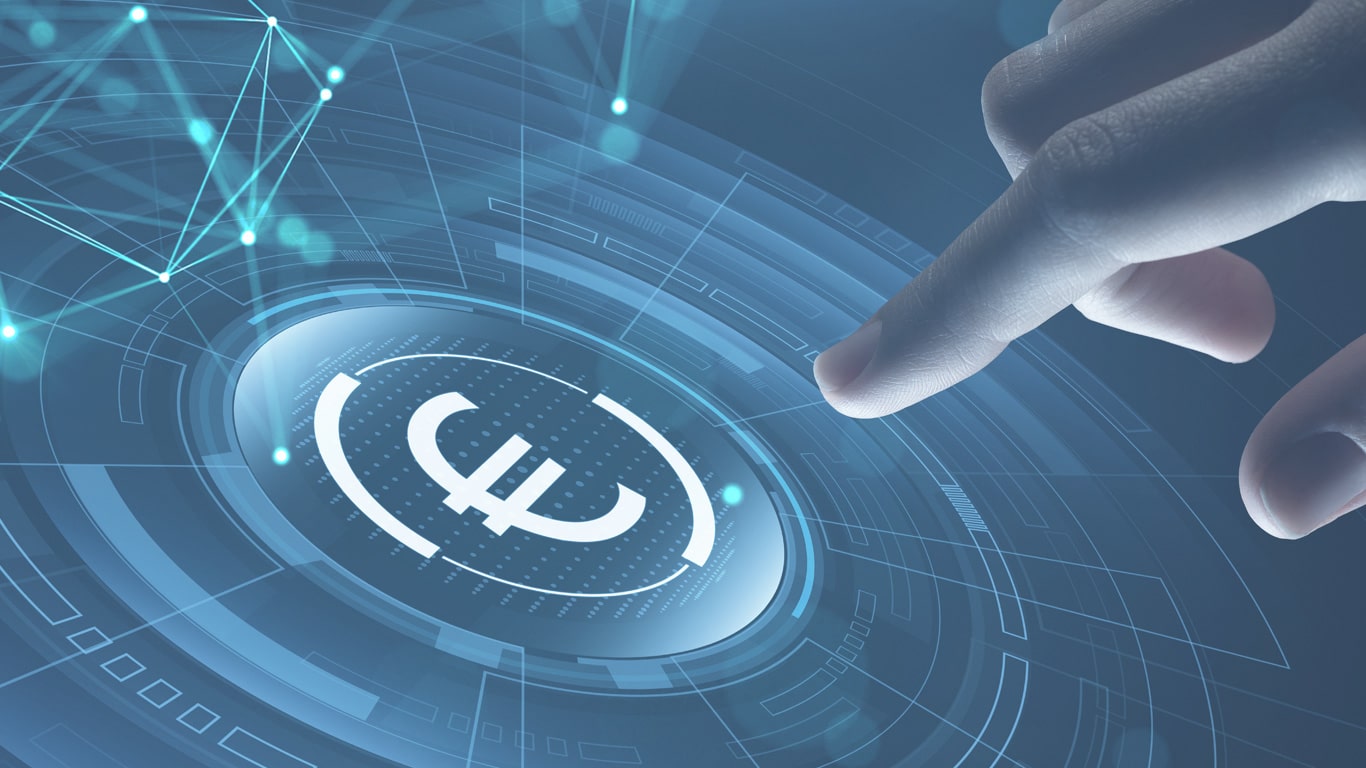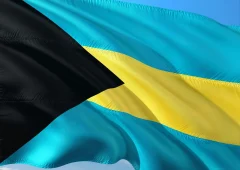CBDC: Hong Kong Joins ECB in First Non-EU Collaboration for Digital Euro Project
08.07.2024 17:00 1 min. read Alexander Stefanov
The Hong Kong Monetary Authority (HKMA) has embarked on a groundbreaking collaboration with the European Central Bank (ECB) to explore the digital euro project, marking its first participation outside the EU.
Partnering with the Banque de France (BDF), HKMA aims to test interoperability between their respective wholesale CBDC infrastructures – BDF’s DL3S2 and HKMA’s Ensemble Sandbox.
The focus is on enhancing real-time cross-border and cross-currency payments efficiency, and fostering interoperability between financial market infrastructures across jurisdictions.
Denis Beau, first deputy governor of BDF, emphasized the initiative’s goal to improve cross-border payments, leveraging tokenized forms of the Hong Kong dollar and Euro through payment versus payment mechanisms.
READ MORE:

Bahamas Ready to Introduce CBDC in 2 Years
HKMA’s Project Ensemble, initiated in March, underscores their commitment to exploring tokenization use cases like green bonds, carbon credits, and other real-world assets.
Howard Lee, deputy chief executive of HKMA, expressed optimism about collaborating with BDF to advance global tokenization and promote financial market connectivity through innovative cross-border payment solutions.
-
1
Shopify Begins Testing USDC Payments on Coinbase’s Base Network
14.06.2025 12:00 2 min. read -
2
Fortune 500 Embrace Stablecoins as Adoption Surges Across U.S. Businesses
11.06.2025 19:00 2 min. read -
3
Elon Musk’s X Prepares to Enter the Fintech Arena
20.06.2025 13:00 1 min. read -
4
GF Securities Becomes First in Hong Kong to Issue Tokenized Securities On-Chain
27.06.2025 20:00 2 min. read -
5
China Pushes Digital Yuan Expansion as Global Currency Power Shifts
19.06.2025 17:00 1 min. read
GF Securities Becomes First in Hong Kong to Issue Tokenized Securities On-Chain
In a landmark move for the city’s digital asset strategy, GF Securities (Hong Kong) has become the first securities firm in Hong Kong to issue tokenized securities fully on-chain via HashKey Chain.
BIS Slams Stablecoins, Calls Them Ill-Suited for Modern Monetary Systems
Stablecoins are failing where it matters most, says the Bank for International Settlements (BIS), which sharply criticized the asset class in its latest annual report.
Mastercard Integrates Chainlink to Power Direct Crypto Access for Cardholders
Mastercard has taken a bold step toward fusing legacy finance with decentralized tech by introducing a new feature that lets users convert fiat into crypto directly through its network.
Fiserv to Launch FIUSD Stablecoin Across Its Massive Banking Network
Fiserv, a global leader in financial technology, is gearing up to launch its own stablecoin, FIUSD, by the end of 2025.
-
1
Shopify Begins Testing USDC Payments on Coinbase’s Base Network
14.06.2025 12:00 2 min. read -
2
Fortune 500 Embrace Stablecoins as Adoption Surges Across U.S. Businesses
11.06.2025 19:00 2 min. read -
3
Elon Musk’s X Prepares to Enter the Fintech Arena
20.06.2025 13:00 1 min. read -
4
GF Securities Becomes First in Hong Kong to Issue Tokenized Securities On-Chain
27.06.2025 20:00 2 min. read -
5
China Pushes Digital Yuan Expansion as Global Currency Power Shifts
19.06.2025 17:00 1 min. read

